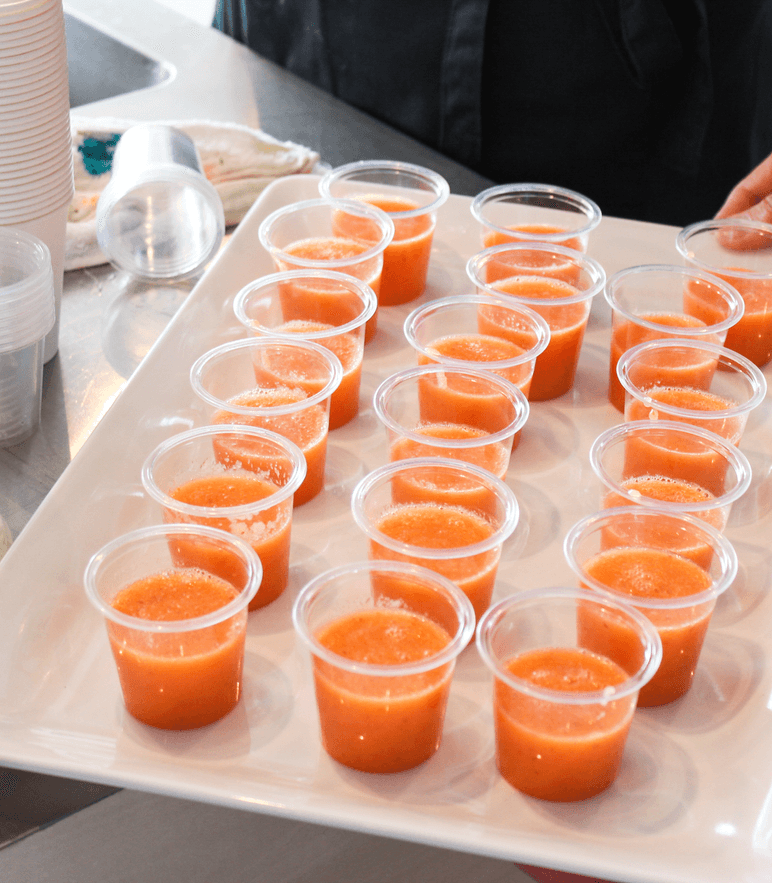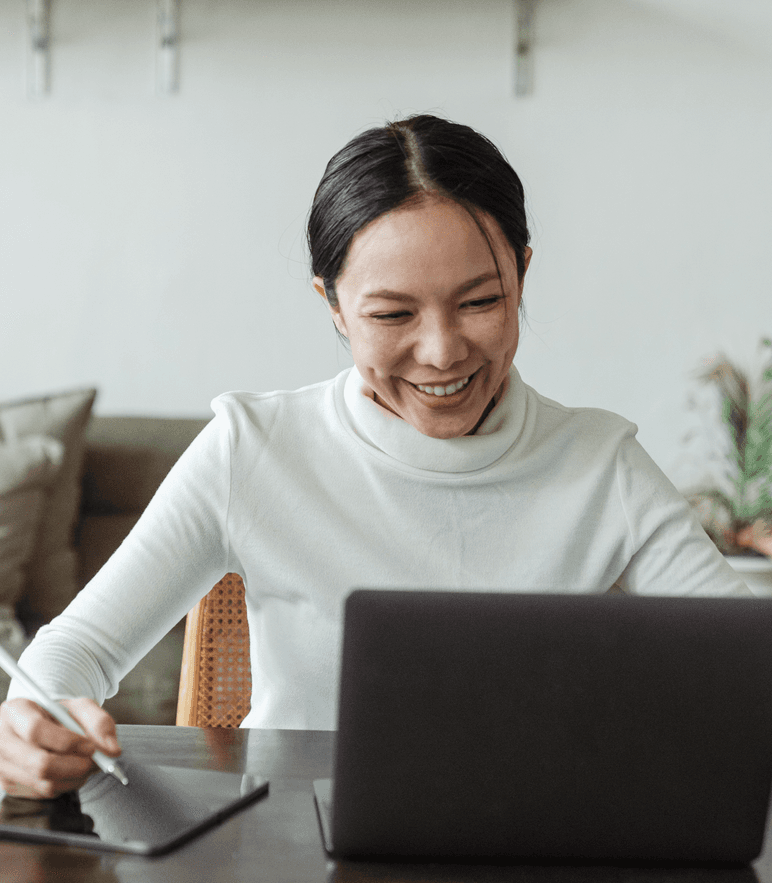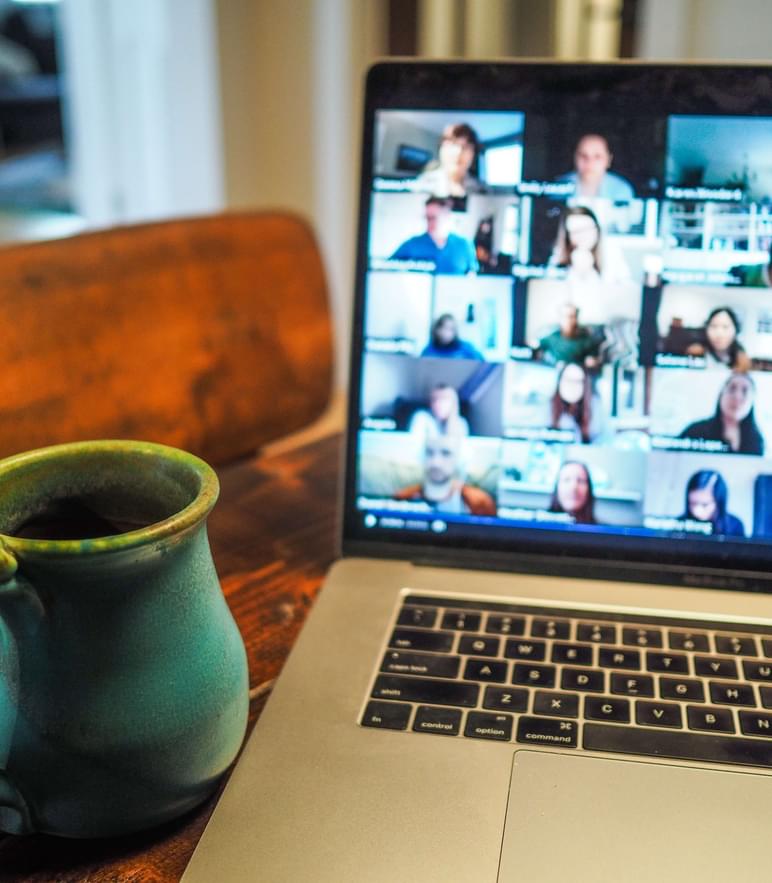Sensory Trained Panels: It’s all about the people

Thibault Delafontaine
16 Mar, 2022 | 2 minutes
In-depth sensory insight. The subconscious user experience. The tiny details that take a product from average to extraordinary. It’s all of this and more that Sensory Trained Panels unlock for CPG brands today, through utilizing expertise from these in-house sensorially articulate experts. And when it comes to Sensory Trained Panels, many sensory professionals often refer to them as a measurement tool that we have to install, train and monitor. But every sensory professional has experienced the complexity of human behavior in a sensory trained panel – and accounting for these “human” characteristics is absolutely key to panelists’ performance. It’s all about the people. We are certainly still a long way away from robots and digital mouths replacing sensory panels, that’s for sure!
It is intriguing to notice that panel challenges are fairly similar regardless of where they are established in the world. There are commonalities in panel behaviors across cultures, whether it is how one panelist is more opinionated than others, or that a few panelists are better at recognizing particular flavors than the rest of the group. Such human dynamics and much needed variations are the same the world over.
Another consistent challenge is maintaining a panel dynamic and chemistry. Gaining the best from both the individual panelists and the team working together, whilst allowing for some flexibility and freedom, all without compromising on how the products are assessed, usage protocols or data quality. This is always a fine balance to find and to maintain.

Managing Sensory Trained Panels, in a global pandemic
However, there are exceptional conditions that further test that balance; the COVID-19 pandemic and its repercussions is surely one of them. Every business has been impacted (positively or negatively) by the successive lockdowns and restrictions, with the food industry certainly no exception. Developing new products and reformulating recipes has slipped down the list of priorities in these testing times, and the R&D functions and familiar working practices have been severely impacted as a result.
The COVID pandemic has also meant that previously valued scientific standards have not only been challenged, but actually broken in a bid to generate much-needed sensory data to inform development decisions. It has forced us to change our approach on many levels, from adjusting product assessment protocols, reviewing our ways of working to maintain a certain standard of testing (lighting, noise disturbance, and so on), to fully integrating our approaches with technology and the necessary training associated – such as getting our panelists tech savvy. However, the biggest challenge of all was, without a doubt, the lack of human touch.

Panel engagement, collaboration and motivation are important elements needed for sensory trained experts to perform at their best. This social aspect is probably the most underestimated part of a panelist’s role and must be fostered as best as possible, particularly in these trying times. Bearing that in mind, we established new approaches to maximize social interaction for the panel. From asking each panelist to always have their camera on during sessions, encouraging ‘chat breaks’ between sessions to ensure panel bonding when the panel leaders would step out of the (virtual) room, to engaging collaborative tasks both within and beyond the projects they were working on, to build teamwork and camaraderie. These efforts also extended beyond panel sessions: organizing socially distanced, safe product pick up times to enable panelists to catch up when collecting their samples to be evaluated at home over the week.
But our adapting practices didn’t stop there, as our panel leaders also had to re-evaluate their approach. Throughout the last 2 years, we’ve all learnt that the online group dynamic is very different to in-person workshops. Panel leaders are facilitators with a key role in panel success, as the guardian of good practice, effective data collection and smooth session running. These new circumstances reduced the full control they were used to, leading to novel executions of product preparation, discussion techniques and tools, as well as leadership during panel sessions, all of which was more important than ever. As a result, we certainly noticed a rise in confidence in our panel leaders as they adapted to this new way of working, and the flexible advantages that came with it. Our panel leaders balanced a more assertive nature to ensure protocols and preparation instructions were respected, along with a more personal and approachable touch which is key to building panelist confidence and skills.
COVID-19 tested not only our panelists, but also our flexibility to adapt to the new normal, and now we love our hybrid ways of working! We would love to hear how you found the shift to online working, be it with your own sensory panel, collaborating with your colleagues to progress your studies further, or reaching out to partners for support. We’ve all learnt a lot we can take into the future for even better sensory research, and can’t wait to continue working with more incredible CPG brands all over the world.

Discover Sensory Trained Panels with MMR
If you’re looking for a globally-trusted sensory research partner to help set up, manage or run your Sensory Trained Panel, get in touch at t.delafontaine@mmr-research.com or find out more here.